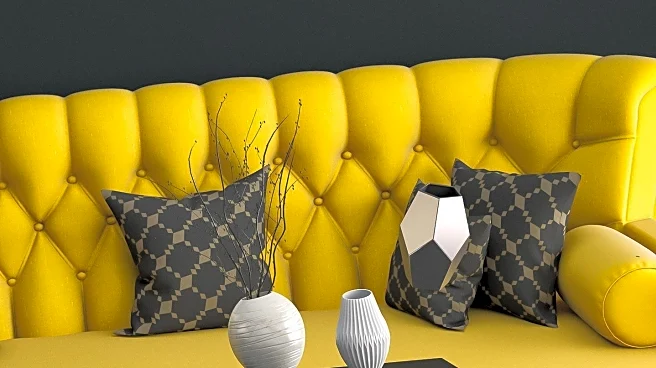What's Happening?
A survey conducted by Stressless furniture and Talker Research explored the favorite spots of 2,000 U.S. adults at home, revealing generational differences in preferences. Gen Z and millennials often have
multiple favorite spots, with 40% of Gen Z using these areas for self-care and mental health improvement. The survey highlights the importance of these spaces for relaxation, with 58% of respondents using them to unwind. The study also found that 82% of participants consider their home a sanctuary, emphasizing the role of personal spaces in stress relief.
Why It's Important?
The findings underscore the growing trend of prioritizing mental health and self-care among younger generations. As stress levels rise, creating personal spaces for relaxation becomes crucial. This shift may influence home design and furniture industries, as consumers seek products that enhance comfort and well-being. The emphasis on home as a sanctuary reflects broader societal changes, where individuals increasingly value personal space and mental health. Businesses catering to these needs could see increased demand for products that support relaxation and self-care.
What's Next?
The survey results may prompt furniture and home design companies to innovate and offer products that cater to the desire for personal relaxation spaces. As awareness of mental health grows, there could be a push for more research into how home environments impact well-being. Additionally, public health campaigns might focus on encouraging individuals to create stress-free zones at home. The trend could also influence real estate, with buyers prioritizing homes that offer potential for creating personal sanctuaries.
Beyond the Headlines
The cultural significance of personal spaces in the home highlights a shift towards valuing mental health and self-care. This trend may lead to changes in social norms, where personal space is respected and prioritized. The survey also reflects a broader movement towards mindfulness and intentional living, where individuals seek to create environments that support their mental and emotional health. As society becomes more aware of the impact of environment on well-being, there may be increased advocacy for policies that support mental health-friendly living spaces.











